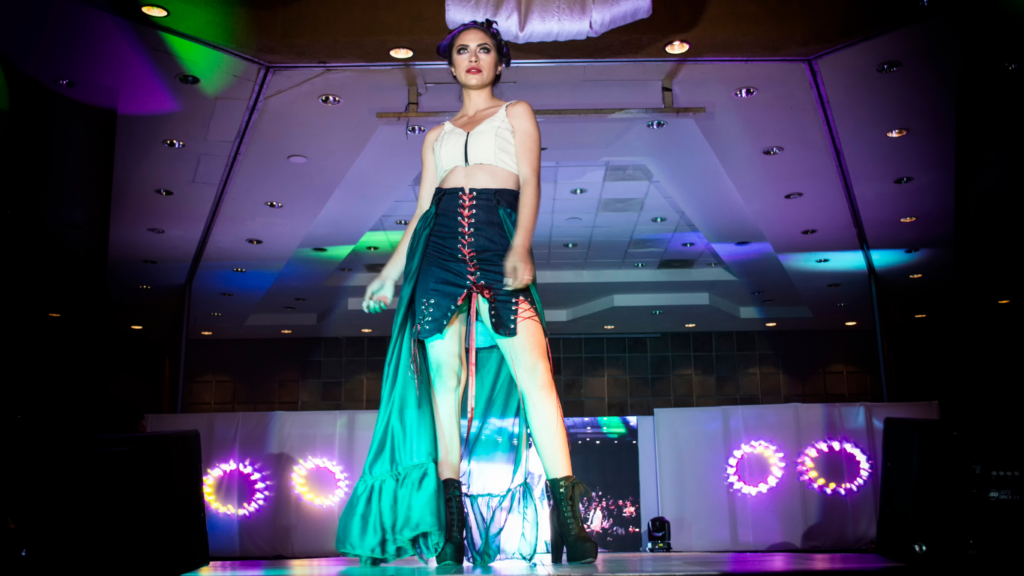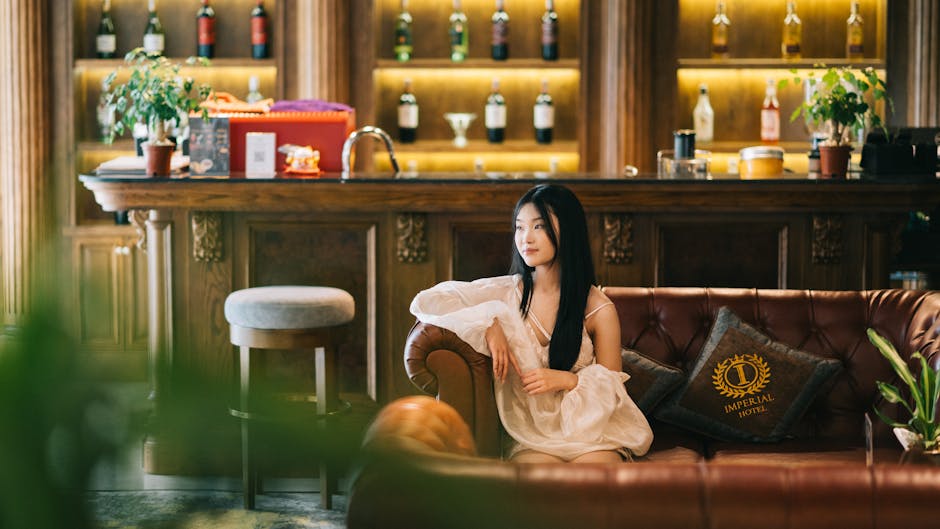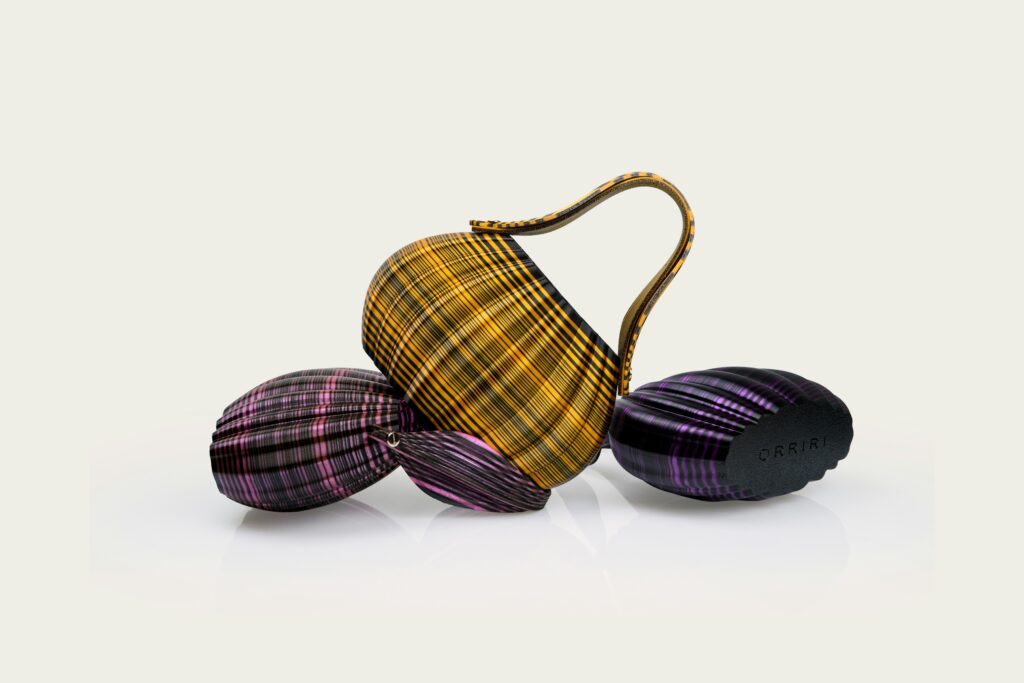In the ever-evolving landscape of the luxury industry, the emergence of digital fashion shows has sparked a paradigm shift in how brands showcase their latest collections. As a fashion enthusiast and industry insider, I’ve witnessed firsthand the transformative impact of these virtual presentations on the traditional runway experience.
From immersive online showcases to interactive presentations, digital fashion shows have redefined the way luxury brands engage with their audience. In this article, I delve into the profound influence of digital fashion shows on the luxury sector, exploring how technology has revolutionized the way high-end fashion is presented and consumed.
As a seasoned observer of industry trends, I’ll provide insights into the benefits and challenges that luxury brands face in adapting to this new era of digital innovation. Join me on this journey as we uncover the dynamic intersection of fashion, technology, and luxury in the digital age.
Impact of Digital Fashion Shows
Digital fashion shows have significantly impacted the luxury industry, reshaping the traditional runway experience into a virtual spectacle that caters to a global audience. As an industry insider fascinated by the evolving landscape of fashion, I delve into the intersection of technology, luxury, and fashion to dissect the influence of digital showcases on high-end brands.
Reach and Accessibility
In the realm of digital fashion shows, the concept of reach and accessibility takes center stage. Through online platforms and live streaming, luxury brands can extend their reach beyond the confines of physical venues, connecting with a diverse and global audience instantaneously.
The virtual nature of these shows eliminates geographical barriers, making high-end fashion accessible to enthusiasts worldwide at the click of a button.
Engagement and Interaction
One of the pivotal impacts of digital fashion shows is the heightened level of engagement and interaction they offer. Viewers can immerse themselves in interactive experiences, such as 360-degree views of collections, behind-the-scenes access, and real-time feedback mechanisms.
This dynamic engagement fosters a deeper connection between brands and consumers, leading to enhanced brand loyalty and a more personalized shopping experience.
Brand Image and Storytelling
Digital fashion shows have revolutionized brand image and storytelling in the luxury industry. By leveraging innovative technologies like augmented reality and virtual reality, brands can craft immersive narratives that captivate audiences and convey the essence of their collections in a compelling manner.
This shift towards digital storytelling not only enhances brand visibility but also reinforces the exclusivity and allure associated with luxury fashion houses.
Adaptation in the Luxury Industry
- Transition to Digital Formats
Examines the shift from traditional to digital fashion shows in the luxury industry - Impact on High-End Brands
Analyzes how the transition to digital formats has affected high-end brands and their market presence
Traditional vs. Digital Fashion Shows
Comparing traditional runway shows to their digital counterparts reveals a fundamental shift in how luxury brands showcase their collections. While traditional shows are exclusive events, limited to industry insiders and select guests, digital fashion shows democratize access by streaming globally, reaching a diverse audience beyond physical constraints.
The adaptability of luxury brands to embrace digital platforms has revolutionized the presentation of their collections, fostering innovation and creativity in a rapidly evolving industry.
Consumer Perception and Behavior
Exploring consumer perception and behavior in response to digital fashion shows unveils a paradigm shift in how luxury brands engage with their audience. Through the lens of digital showcases, brands can now capture real-time data on consumer preferences, allowing for targeted marketing strategies tailored to individual tastes.
This personalized approach creates a sense of exclusivity and personal connection, enhancing brand loyalty among consumers. The interactive nature of digital fashion events enables consumers to participate in the brand narrative actively.
By engaging with virtual shows, consumers feel a sense of involvement and empowerment, strengthening their emotional bond with the brand. This heightened engagement often translates into increased purchase intent and advocacy, as consumers become brand ambassadors within their social circles.
Moreover, digital fashion shows offer a glimpse into the creative process behind collections, giving consumers a deeper understanding of the brand’s ethos and craftsmanship. This transparency enhances brand authenticity and resonates with consumers who value sustainability and ethical practices.
By aligning with consumer values, luxury brands can build trust and credibility, fostering long-term relationships with their audience. In essence, by embracing digital innovation in the realm of fashion shows, luxury brands can not only reach a wider audience but also forge meaningful connections with consumers based on personalization, interactivity, and transparency.
This strategic shift in approach reflects the evolving landscape of the luxury industry, where consumer perception and behavior play a pivotal role in shaping brand success in the digital era.





